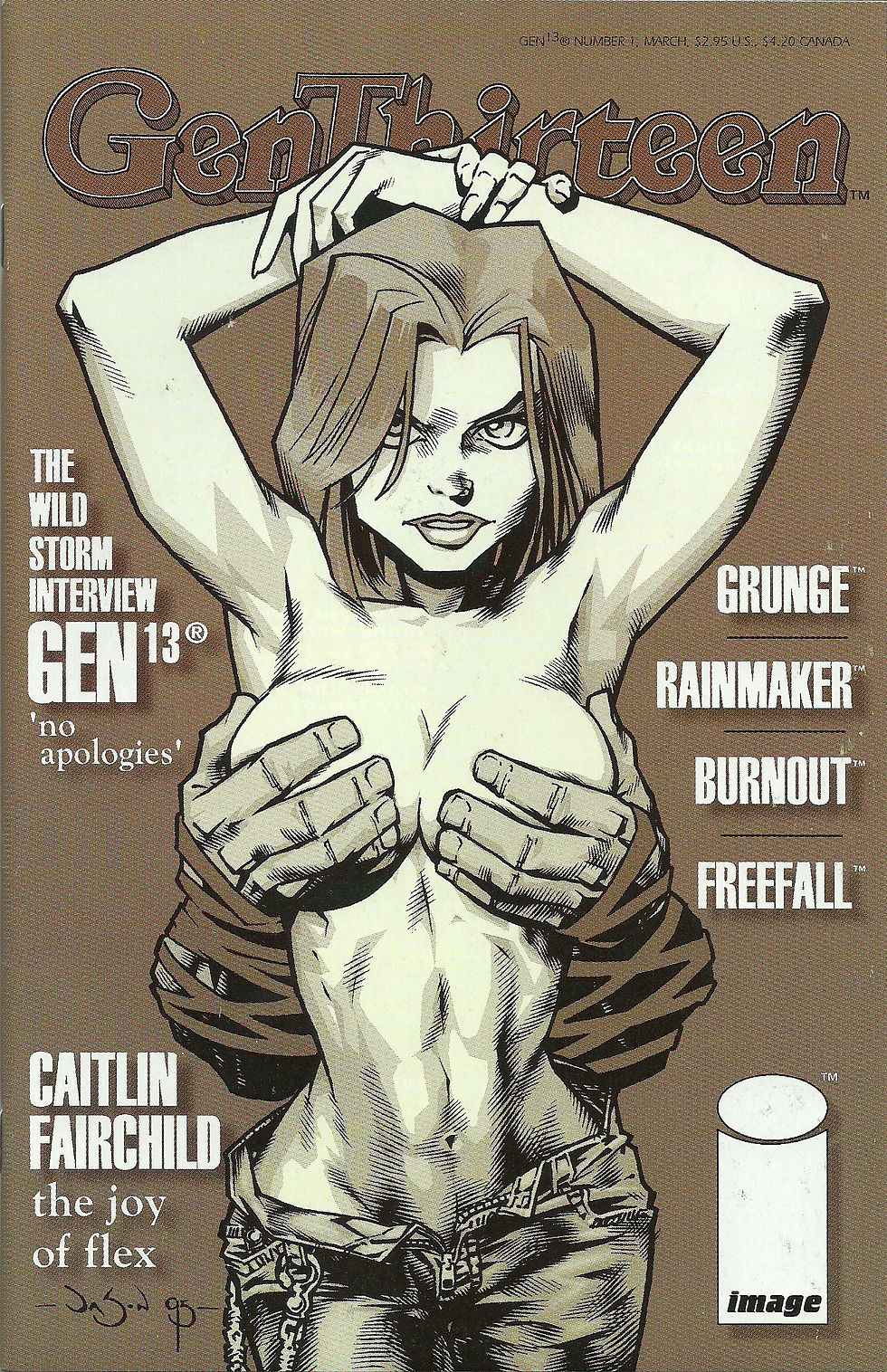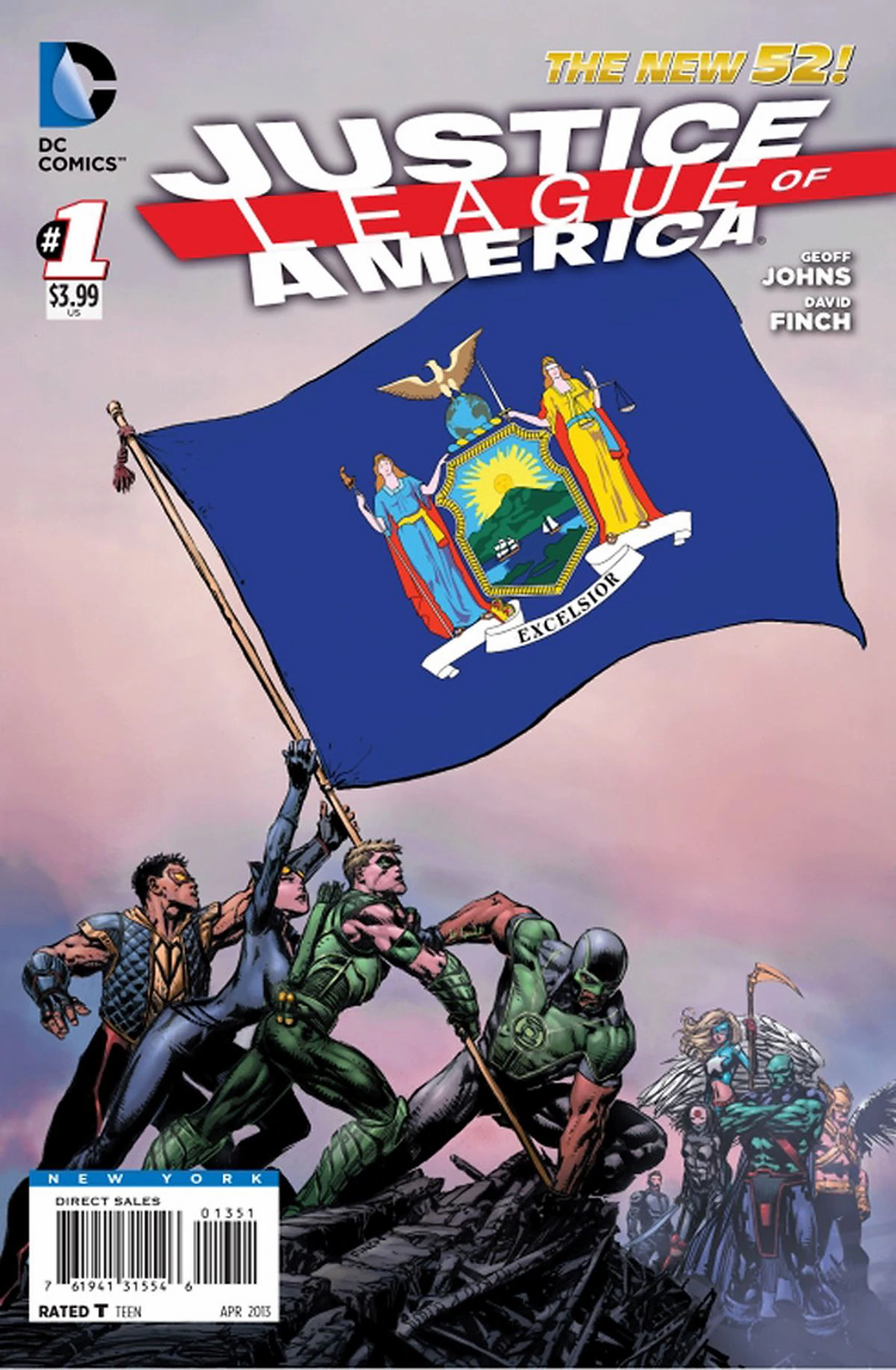The Strange Business of Variant Covers: Pt 1
- Trusty Henchman
- Sep 3, 2020
- 7 min read
Updated: Sep 17, 2021

The single comic book issue with the most variants upon its initial release (145!) , according to this 2019 article, is Amazing Spider-Man #666. The Walking Dead #1 clocks in at 253 variants accrued over the past 17 years as it has been continually reprinted.
For anyone who may not know, variant covers are a pretty big part of the comic book industry. What's a variant cover? It's when a publisher prints a comic book with multiple covers, often times with each cover having a different artist or some other sort of variation (foil embossed, hologram, lenticular, color change, you name it). The reasons for creating variants are varied, and include but are not limited to:
1) Increase the hype and appeal of a new release or pivotal issue.
2) Establish working (and often exclusive) relationships with certain artists whose output is better fitted to doing cover work over interior work.
3) To appeal to the collector and speculator markets, hoping completists will purchase more copies of the same book.
4) Creating an incentive for retailers to increase their baseline orders on an issue or series.
The point of this particular longform series of articles that I'll be working on is to break down some of the practices and methods of this part of the industry. Often times I would have customers looking for variants or wanting to order future variants and they would have little to no knowledge as to the how and why variants may be tough to get or why they may cost so much at times. And that's all good, that's why retailers do what they do, to help get you the things you want. This will hopefully shed some light on the inner workings and guts of comic publishing, retail, and distribution, as well as the different types of ecosystems that exist within the industry.
So let's start with a brief and incomplete history of variants. Hey, I ain't sacrificing what's left of my sanity for this mess. We're just going to do a quick ride around the block.
The first credited modern variant offered and marketed as a collectors item was John Byrne's 1986 Man of Steel. The first issue had two covers which were essentially a money grab, done in the hopes that collectors would buy a book twice. It worked.

The success of this move opened the door for more of the same, and the types of variants became more and more elaborate over time. The speculator boom of the 90's fed into this as people started to snatch up all these 'Collector Editions' that were definitely for sure going to increase in value over time for a sweet payday. Ayup, definitely going to happen.

This X-O Manowar is definitely going to pay my rent in the future, yup yup yup.
The 90's saw a lot of experimentation with these scams, er, I mean, highly collectible offerings. For example, Superman #75 (1993) was shipped in a black polybag, forcing, er coercing, er convincing fans to either buy 2 copies (one to open, one to keep mint in bag) or to buy the subsequent reprints. One of the most successful and best-selling comic books of all time was Jim Lee's X-Men #1 (1991), which featured five different covers. Four covers each featuring different X-Men, and then a fifth cover that featured a gatefold poster image that merged the previous four covers.

Wildstorm would push the trend in 1995 with thirteen covers to the first issue of the ongoing series for their popular Gen13 property, while their 1996 comic DV8 featured eight variants. Top Cow's the Darkness #11 (1998) would sport eleven variants (plus three additional holochrome or museum editions if you're counting), so the trend was definitely still going strong.


Of the two images above, take a wild guess on which one is still worth $40.
Michael Turner's Fathom #1 (1998) introduced a fresh level of variant collecting hell as its three separate variant covers also contained variant interior pages. At a certain point in the story, specific pages switched to a different character's perspective depending on the cover you picked. While this was an inventive play on the concept of a variant comic, it's more than a little evil as different story elements make it harder to ignore the collector's urge to be complete.

It's also worth briefly noting the rise of Dynamic Forces. Founded in 1993, DF is one of the comic book industry's top producers of limited edition and autographed memorabilia, and they specialize in packaging and distributing this kind of material. An entire company with the focus of pushing and marketing variants, increasing the prestige of the idea of exclusive and rare collectibles. So for the past 25 years, we've had this company actively pushing and cultivating the variant market. They even started the company Dynamite Entertainment in 2005, which produces a loooooooooooooooooooooooooooot of variants.
After the boom of the 90's there was a marked decline in gimmick covers, but variants had very much become a standard tool to increasing sales. DC would get into the habit of making alternate cover reprintings of popular sell-out titles, such as the event Identity Crisis (2004) which featured slightly recolored covers of their 2nd and 3rd printings. Marvel would of course follow suit.
It would be Marvel however that really got a taste for over saturating the market again as they milked the idea of theme variants every month. If it was Wolverine's anniversary then every title would have a Wolverine variant. If a movie was coming out, it would be a theme to celebrate that movie. Just to name a few, we had: Tron theme (2010)

Many Armors of Iron Man (2013)

Anti-Bullying (2014)

Ant-Sized (2015) in anticipation of the Ant-Man movie

and Gwen Stacy (2015), which actually birthed the creation of a new popular character.

If you want a better idea of the scope of these variants and how often they came out, check out this link. If you work through that link you'll spot that in 2017 Marvel hit fans with 'State' variants, where you could get a comic variant that featured a particular character representing a state. Can you imagine the cash drain on any poor completist that couldn't help themselves?

It should be noted that DC abused us first with that idea back in 2013 when they hit fans with the 'Flag' variants for Justice League of America #1.

In 2016, Batman V Superman: Dawn of Migraines would usher in a particularly insidious cross pollination of gimmicks that triggered a Pavlovian response from speculators. Each DC comic for this promotion had 4 covers, a main normal cover and three polybagged covers. The three polybagged covers had an equal chance of getting you one of three variants (the same image but colored differently). So you had a randomized chance of completing a set, plus if you wanted open and unopened polybags that meant more copies to buy.


Robert Kirkman would take advantage of this same ploy when he reprinted popular Walking Dead issues with polybags in 2018, increasing desire as people tried to acquire complete sets. One cover was fully colored, one was a fully colored virgin cover (no logo to detract from the art), one was done in black and white, and then there was a B&W virgin cover.
The past few years have seen Marvel and DC flipping back and forth between lenticular, foil, and acetate covers across their entire lines, hoping to strike gold again but slowly losing momentum. Marvel's Legacy lenticular variants (2018) went a long way in pissing off retailers, as the requirements for ordering them all were ludicrous at best. And there were a lot to order.

For the past few years, DC (along with Dark Horse and IDW) embraced doing a standard pair of Cover A and Cover B for most of their regular popular comics. In the meantime, there's been an increase in popularity among smaller publishers to experiment with the variant style. For Valiant it's the 'Pre-Order Edition'. For Boom it's the 'FOC (Final order Cutoff)' Edition, something that isn't announced or available to order until weeks before the book is due to ship. And Dynamite.... well, Dynamite basically just said 'Screw it, 5 covers minimum for every comic we do, make it a dozen+ if there's cleavage".

And here we are in 2020, where variant covers are just a part of the lexicon of the comic world. Over the years the term 'variant comic' has broadened to include convention exclusive covers, store exclusive covers, retailer summit exclusives, reprint variants, incentive variants, and more. Hell, you know those little mini-comics that sometimes come with DVD & Blu-rays? Those are variants. There are dozens of different types of variants, and retailers have to swim through the ocean of them and try to avoid a death of a million paper cuts.
Want to know something sad? This is like the super short summary of the past few decades of variant trends. I'm skipping over a ton of stuff and I don't have the mental strength to try and figure out the complete history. I just wanted to give you a taste, and to point out one of the most significant aspects of this part of the business: all of these publishers feed off of each other's innovations. How could they not? It's a tough industry to survive in at the best of times. The moment one of them hits a significant sales bump due to one of these decisions, the others will notice and it will spawn a new iteration of the gimmick. It all feeds into itself, like some sort of horrible Lovecraftian idiot god abomination that eats its own flesh to birth new little horrors. But I digress......
My next instalment of this series will focus on how retailers order variant comics. It deals with a lot of tedious information, so look forward to me inserting random snarky comments wherever I can to lessen the slog for you all.
It's going to require a lot of snarky comments.







Comments